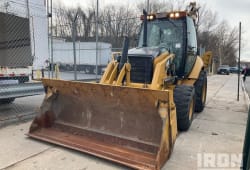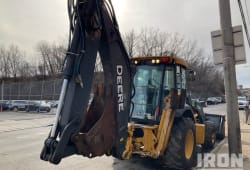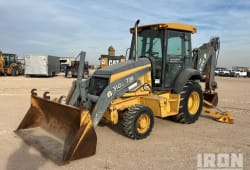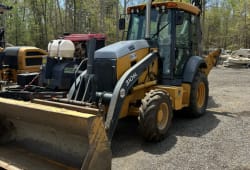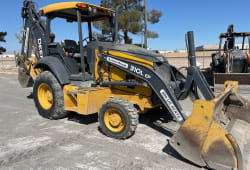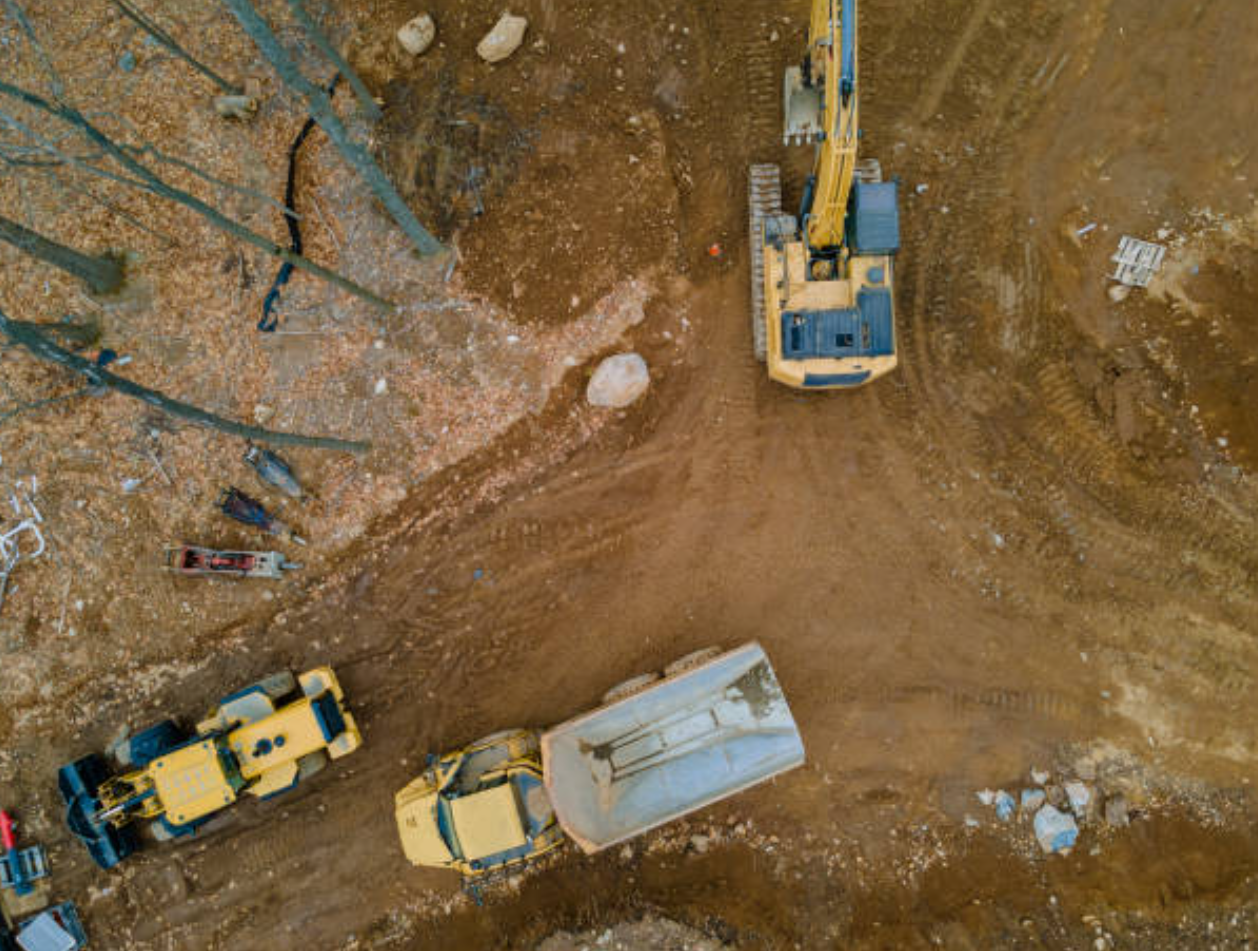Quick Guide to Backhoes: Determine the Average Weight of a Backhoe
5 Min read
)
October 8, 2023
Construction sites are bustling with heavy-duty machinery, and one of the most versatile pieces of equipment you'll find is the backhoe loader. These impressive machines are essential for a wide range of tasks, from digging trenches to lifting heavy materials. One crucial aspect to consider when choosing the right-sized backhoe for a job is its weight.
In this article, we'll explore the average weight of a backhoe and delve into the different sizes available, their applications, and the pros and cons of each.
Understanding Backhoes:
Before we dive into the specifics of their weight and sizes, let's briefly define what a backhoe is and why it's an indispensable piece of construction equipment. A backhoe loader, often simply called a backhoe, is a versatile machine that combines the capabilities of a tractor, excavator, and loader. It typically features a digging arm (or boom) with a bucket on the end at the rear and a loader bucket on the front.
:format(webp))
Different Sizes of Backhoes:
Backhoes come in various sizes, ranging from compact to medium and large. Each size has distinct characteristics and is suited for specific applications.
1. Compact Backhoes:
Compact backhoes are the smallest in the backhoe family. They are nimble and highly manoeuvrable, making them ideal for small construction sites or tight spaces. Compact backhoes are generally used for tasks like digging small trenches, landscaping, and light excavation.
That being said, they have lower operating weights than other tracked models.
:format(webp))
Average Weight:
These types of backhoes weigh around 7,000 to 10,000 pounds, or 3.5 to 5 tons.
Pros:
Their small size allows them to access confined areas with ease, and they are relatively fuel-efficient. Compact backhoes are excellent for tasks that require precision.
Cons:
Limited lift capacity and digging depth compared to larger models. They may not be suitable for heavy-duty excavation or lifting.
2. Medium Backhoes:
Medium-sized backhoes strike a balance between versatility and power. They are well-suited for a wide range of construction tasks and are commonly found on job sites of various scales.
:format(webp))
Average Weight:
Medium backhoes typically have an operating weight in the range of 14,000 to 18,000 pounds, or 7 to 9 tons.
Pros:
Medium backhoes offer a good balance of power and manoeuvrability. They can handle moderate excavation, trenching, and loading tasks efficiently. Their lift capacity and digging depth are suitable for most construction needs.
Cons:
While versatile, they may not be as efficient as compact backhoes in tight spaces and might not have the same lifting capacity as larger models.
3. Large Backhoes:
Large backhoes are the heavyweights of the backhoe family with the deepest dig depth and heaviest total weight. They are designed for substantial excavation and lifting tasks on large construction sites although the exact specs will vary depending on the model.
:format(webp))
Average Weight:
Large backhoes typically have more horsepower and an operating weight ranging from 20,000 to 40,000 pounds, or 10 to 20 tons.
Pros:
Large backhoes excel in heavy-duty excavation, deep digging, and lifting heavy materials. They are the go-to choice for substantial construction projects and tasks requiring high lifting capacity.
Cons:
Their size can be a hindrance in tight spaces, and they are less fuel-efficient compared to smaller models. Large backhoes might not be cost-effective for smaller projects.
Choosing the Right-Sized Backhoe:
Selecting the right-sized backhoe depends on several factors, including the operator, specific job requirements, available space, and budget constraints. It's crucial to consider the digging depth, lift capacity, and net power when making your decision.
When looking at the different backhoe sizes, you'll want to carefully consider the type of work that you plan on doing with your backhoe loaders.
For smaller tasks like landscaping, compact backhoes are the right choice due to their precision and manoeuvrability. Medium-sized backhoes are versatile and suitable attachments for a wide range of tasks on most construction sites. Large backhoes are reserved for heavy-duty projects, such as deep excavation or lifting heavy materials.
:format(webp))
Additional Considerations:
Apart from the size and average weight of a backhoe, there are other essential factors to keep in mind. These include the type of terrain you'll be working on, whether you need a tracked or wheeled model for better traction, and whether the backhoe will be used for specialized tasks like snow removal.
Tracked models are best for working on uneven ground or when you are moving materials around and making tight turns where you'll need added stability.
The total weight of a backhoe is a crucial consideration when transporting it to and from the job site. Ensure that the case site, transportation equipment, and routes can accommodate the weight of the backhoe loader.
:format(webp))
Conclusion:
:format(webp))
In summary, the average weight of a backhoe varies significantly depending on its size, with compact models weighing around 7,000 to 10,000 pounds, medium-sized ones ranging from 14,000 to 18,000 pounds, and large backhoes tipping the scales at 20,000 to 40,000 pounds. Choosing the right-sized backhoe for your construction needs involves assessing the specific requirements of the job and considering factors like digging depth, lift capacity, top load, rear axle, and available space on the job site.
By shopping at a heavy machinery dealership like Boom and Bucket, you will be able to see various backhoe sizes, comparing larger models to a smaller backhoe to make an informed decision. Boom and Bucket also offer various other types of machinery like a caterpillar bulldozer.
Understanding these different sizes and their respective pros and cons will help you make an informed decision and ensure that you have the right equipment to get the job done efficiently and safely. Whether you opt for a compact, medium, or large backhoe, these versatile machines are sure to play a vital role in your construction endeavours or next project.


